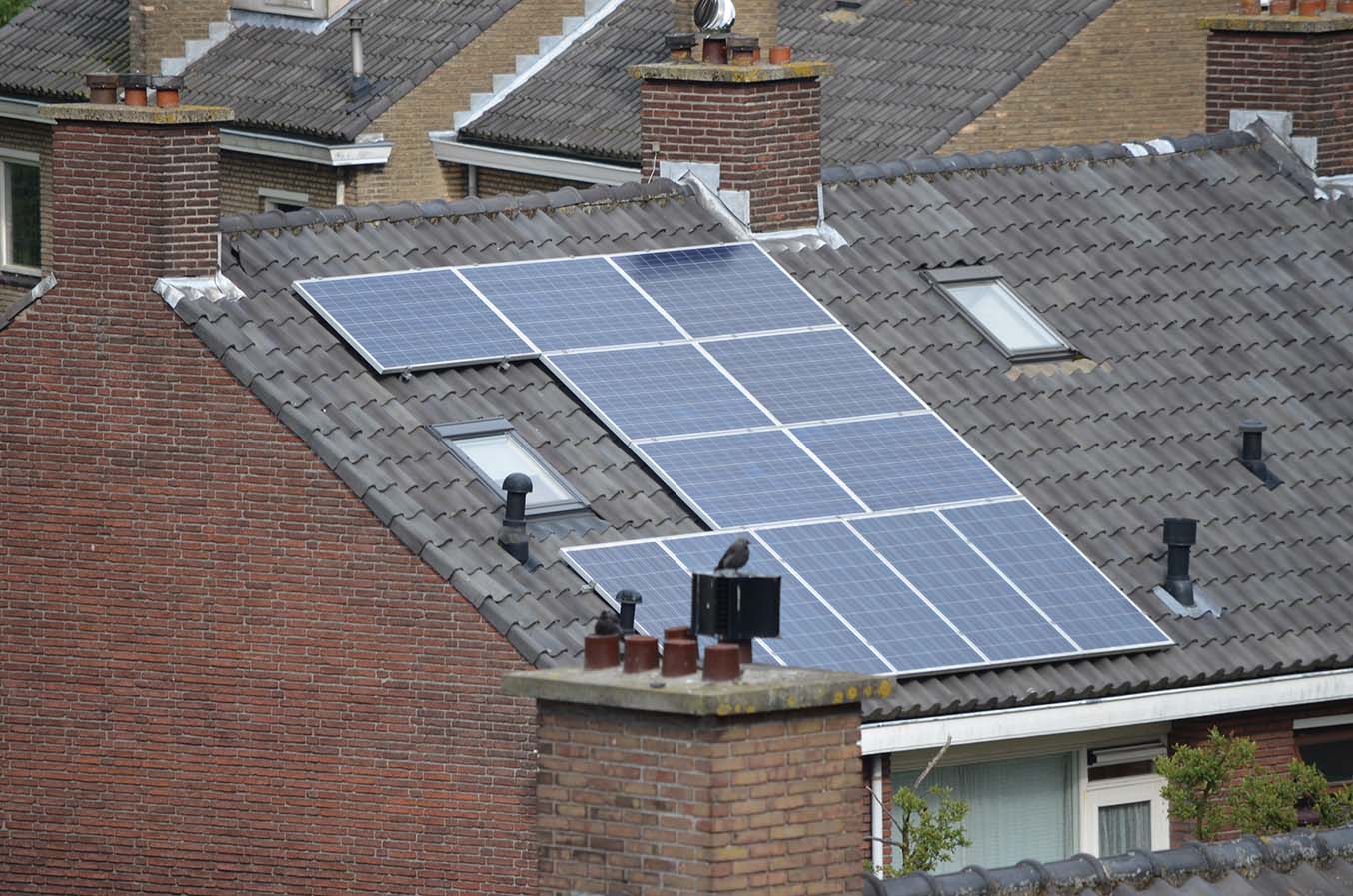As the world shifts toward renewable energy, solar panels have become an increasingly popular choice for homeowners. Incorporating solar panels into your roofing not only reduces energy bills but also contributes to environmental sustainability. This guide will help you understand how to replace your roof with solar panels for maximum efficiency, from selecting the right materials to ensuring proper installation.
Solar Roofing: The Basic
Solar roofing is an innovative solution that integrates solar panel technology directly into the structure of your roof. Unlike traditional solar panels mounted onto an existing roof, solar roofing involves replacing roofing materials with solar tiles or shingles that generate electricity. These solar-integrated roofs are aesthetically pleasing and designed to withstand various weather conditions while producing clean energy.
Key features of solar roofing include:
- Durability: Solar shingles are made to last, often with warranties extending over 20 years.
- Energy Generation: Solar roofing systems can generate sufficient energy to power an entire home.
- Seamless Design: Unlike traditional panels, solar shingles blend seamlessly with your roof, enhancing curb appeal.
When considering solar roofing, it is crucial to evaluate your home’s energy needs and roof condition to determine whether this option is suitable.
Preparing to Replace Your Roof with Solar Panels
Replacing a roof with solar panels involves careful planning to ensure efficiency and longevity. Below are the essential steps:
Step 1: Evaluate Your Roof’s Condition
Before installing solar panels, assess the condition of your existing roof. If it’s nearing the end of its lifespan, replacing it entirely before installation is wise. Factors to consider include:
- Age of the Roof: Roofs older than 15-20 years may require replacement.
- Structural Integrity: Ensure the roof can support the weight of solar panels or shingles.
- Weatherproofing: Address any leaks or damages.
Step 2: Choose the Right Solar Solution
There are two main options for solar integration:
- Traditional Solar Panels: Mounted on top of your existing roof, these are suitable if your roof is relatively new and in good condition.
- Solar Roofing Shingles: Replace conventional roofing materials, ideal for older roofs or those undergoing renovation.
Step 3: Consult Professionals
Hire experienced contractors and solar installation experts to evaluate your roof and guide you through the replacement process. A professional assessment ensures compatibility between your roof structure and solar system.
Installing Solar Panels During Roof Replacement
Once you decide to proceed, the installation process involves several key steps:
1. Removal of Old Roofing Materials
The first step is to remove the existing roofing materials. This process allows installers to inspect the roof deck and make necessary repairs to ensure it’s ready for solar integration.
2. Reinforcing Roof Structure
If your roof needs additional support, contractors will reinforce it to handle the added weight of solar panels or shingles. This step is critical for the safety and durability of your solar roof.
3. Installing Solar Shingles or Panels
For traditional panels, mounting brackets are installed first, followed by the panels themselves. Solar shingles, on the other hand, are installed like regular shingles but include wiring to connect them to your home’s power system.
4. Electrical Integration
A licensed electrician will connect the solar system to your home’s electrical grid. This step involves installing inverters, batteries (if applicable), and ensuring the system complies with local regulations.
Benefits of Replacing Your Roof with Solar Panels
Investing in solar roofing offers numerous benefits, including:
- Energy Savings: Solar roofs significantly reduce energy bills by generating electricity from sunlight.
- Environmental Impact: Solar energy is renewable and reduces your carbon footprint.
- Increased Home Value: Homes with solar panels are often more attractive to buyers.
- Tax Incentives: Many governments offer tax credits or rebates for installing solar systems.
Challenges to Consider
While the benefits are clear, replacing your roof with solar panels comes with challenges:
- High Initial Cost: Solar roofs require a significant upfront investment.
- Complex Installation: The process can be time-consuming and requires skilled professionals.
- Weather Dependence: Solar energy production can vary based on your location’s climate.
Proper planning and professional guidance can help mitigate these challenges, ensuring a successful installation.
Maximizing Efficiency with Solar Roofing
To get the most out of your solar roof, consider the following tips:
- Optimal Placement: Ensure panels or shingles face the sunniest direction for maximum exposure.
- Regular Maintenance: Clean panels regularly and check for any damage to maintain efficiency.
- Energy Storage: Install a battery system to store excess energy for use during cloudy days or nighttime.
- Smart Energy Usage: Use energy-efficient appliances and monitor your consumption patterns.
Final Thoughts
Replacing your roof with solar panels is a smart investment that combines durability, sustainability, and aesthetic appeal. By understanding the process and working with professionals, you can create a solar roofing system that meets your energy needs and lasts for decades. Whether you opt for traditional panels or modern solar shingles, the shift toward renewable energy is a step toward a greener future.



